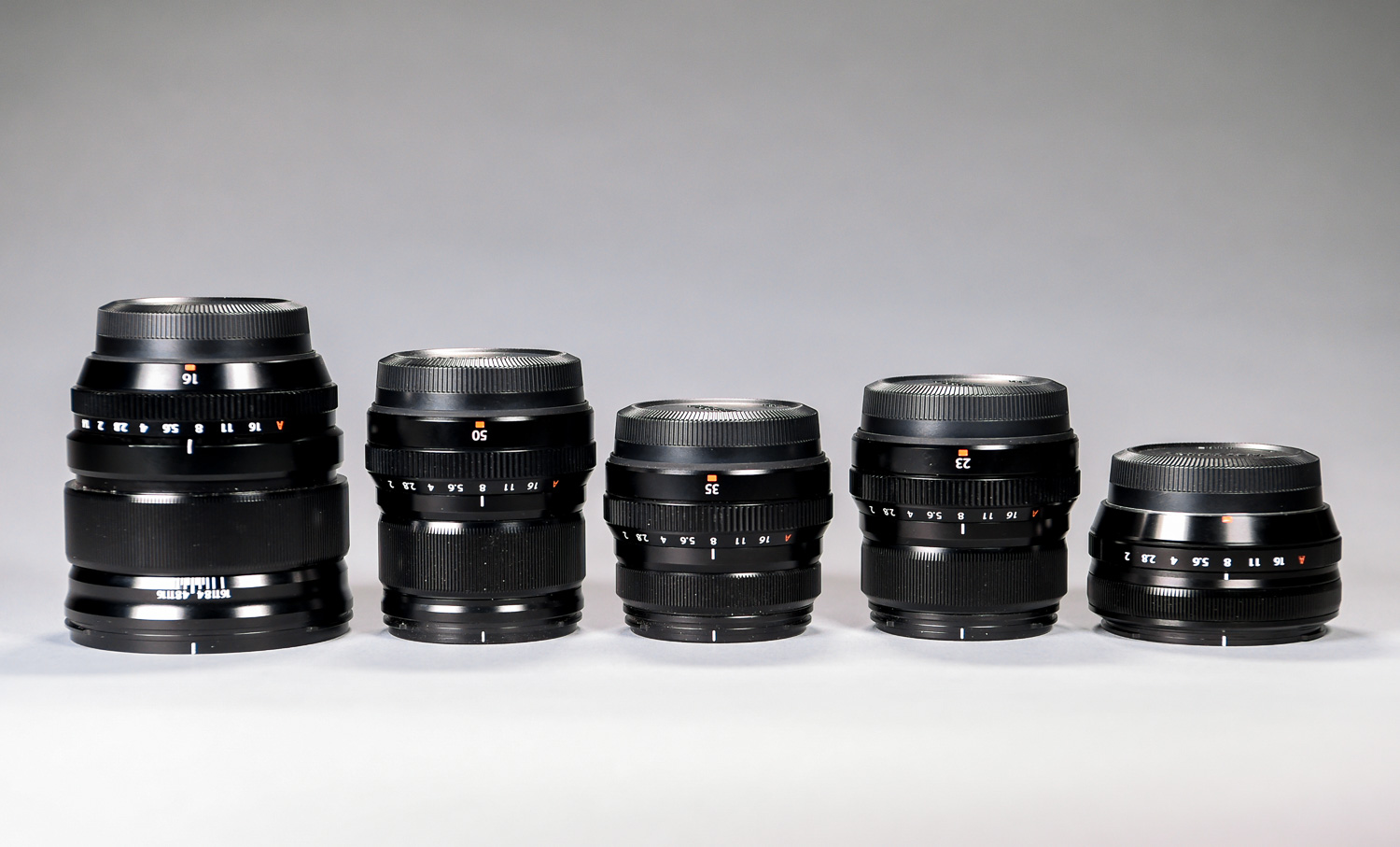I never intended to purchase the Fujifilm Instax SP-2 printer, or as it is known on Amazon, the NEW Fujifilm Instax SHARE Smartphone Printer SP-2, when I visited the store the day before Thanksgiving. Don’t get me wrong, I’ve been eyeing the SP-2 for several years, and the SP-1 before that. I’ve even gone so far as to pick it up, carry it around the store, only to return it to the shelf prior to checking out.
I suppose I could never make a case for why I needed it, other than it was cool tech. Another reason was price. It always seemed to be just a bit too expensive. Well with the release of the Fujifilm Instax SP-3 (larger print size) and a whole line of Instax cameras, the price has been coming down. So when I saw it on a shelf last week for $90.00, and armed with a 20% coupon, I finally pulled the trigger and purchased it.
Before I continue with how incredible this product is and how I have already put it to real-world use, let me explain exactly what the SP-2 is for those of you who may also need to find a reason to get one.
The SP-2 pairs with your smartphone via the Instax SHARE app and lets you print any photo to Instax mini film. And just like the Polaroids of the past, or present, all you do is wait a few minutes for the film to develop and you have a 1.8” x 2.4” photo framed on a 2.1” x 3.4” card. Perfect for sharing.
When I was in New York City for the Photo Plus Expo the first place I visited was the Fujifilm Wonder Photo Shop located at 176 Fifth Ave., right across from the Flatiron Building. If you want to explore the entire Instax lineup in one place, this is it.
With most Fujifilm X cameras, you can also print directly from your camera without going through the app. The only disadvantage is you lose the ability to edit your photos or use any of the features offered in the smartphone app.
Additionally, through the app you can sync with Facebook, Instagram or Dropbox and print those photos. Finally, you can always print photos from your DLSR or computer hard drive, you just have to move them to your phone first.
A few other observations before I get on with my story. It is smaller that I expected, which makes it easy to add to your camera bag. There are also many options when choosing film, including monochrome, black frames and frames for all kinds of occasions. Speaking of film, or the real question, what is the cost per print? Your best bet is to purchase twin packs, which gives you two packs of 10, or 20 images total, for about $.80 a print if you shop around.
Back to my story. On the day after Thanksgiving I visited my 94-year-old grandmother at the Masonic Village just outside Philadelphia. After chatting for a while she asked if I had my camera with me because she wanted me to photograph a friend who was only a week away from her 100th birthday. I grabbed my camera and made a half dozen photos of her friend and also a few photos of them together. Just as I was promising to send her some prints, I suddenly remembered the new Instax printer in my backpack.
You can imagine the surprise on my Grandmother’s face as I printed a photo of her friend and another of the two of them. Then printed duplicates. Instant satisfaction and instant smiles for all of us. In that moment it hit me, just how powerful a tool this printer is. And it took me finally purchasing one to truly realize it.

















